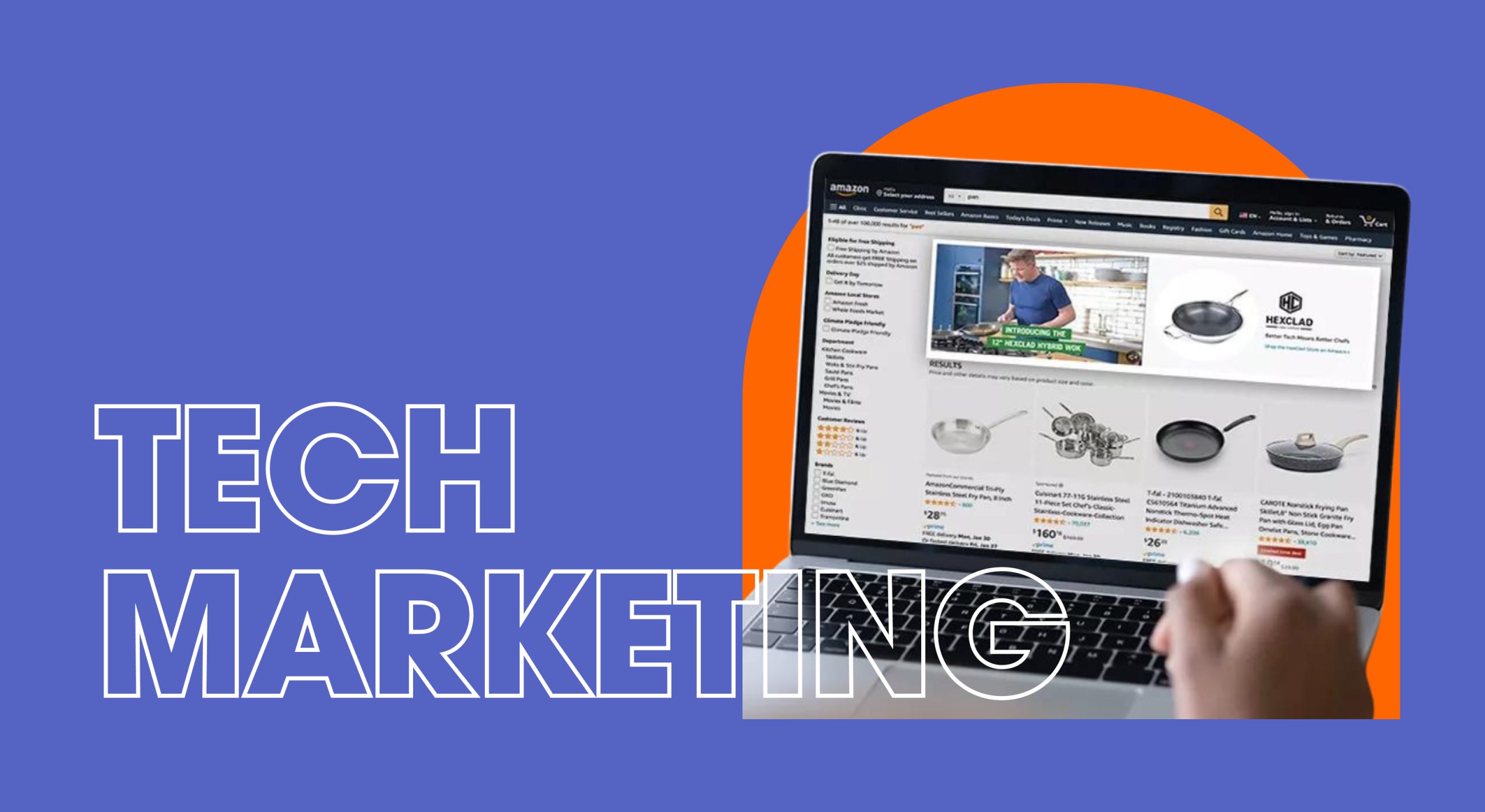First off, Happy Valentine’s Day! ♥️
We’re inspired by Prince William and Princess Kate’s simple Valentine’s Day post, so …
🍽️
- Amazon announcements 🔊
- The ultimate savings platform 💲
- Influencers vs. Traditional media 💭
- Customer self-service 📥
- Nano influencers 📸

AMAZON NEWS
ICYMI…
- Sellers, take note: The automatic setting of the minimum order handling capacity threshold will take effect on February 24, 2025. Amazon updated its previous announcement to postpone the changes from the original February 7.
- Ready to conquer Australia and the Middle East? Amazon prepared new recommendations on how to expand your global catalog! The Marketplace Product Guidance tool now includes:
- High-potential products across stores;
- Customers’ wants based on detailed category research; and
- Similar ASINs to help you compare your products with others.
- Enjoy lower cross-currency transfer fees when you enroll in Seller Wallet until March 21, 2025. You can get as low as 0.6% for one year, equivalent to a $900 saving for transferring $100,000.
- Note: You can transfer your balance to your local bank account or you can pay suppliers in the U.S. and Hong Kong in USD.
- Bulk listing just became easier! With Amazon’s new feature on the Spreadsheet option of the List Your Products page, you can now use custom spreadsheet templates to list products on catalog files.
- A higher Vine. If you’re using Amazon Vine to boost your product sales, you’d be happy to know that you can now update your enrollment in the program. Within the first 30 days, you can select a higher tier by enrolling more units for the same ASIN.

TOGETHER WITH WALMART MARKETPLACE
The ecommerce platform that can hike up your savings to $75k

Looking for a way to grow your business? Maximize your profits with up to $75K in savings when you sell on Walmart.com!
Build, grow, and scale your ecommerce business with one of the most trusted names in retail. Walmart Marketplace is designed with sellers in mind—zero monthly or set-up fees and competitive commission and fulfillment fees mean better margins for you.
Join today and tap into:
- a network of millions of customers
- powerful, easy-to-use solutions designed for growth
- Walmart’s omnichannel advantage
It takes just a few steps to start selling your products on Walmart Marketplace, so sign up today.
*Conditions apply.

BITES OF THE WEEK
- Global Dependency: International sales affect many brands, with some depending on outside markets more.
- Sinch Updates: Digital communications provider Sinch just unveiled transformative updates to Sinch Mailjet.
- A Smarter Alexa: Amazon’s February Devices & Service event may be launching the long-delayed super-charged Alexa.

SOCIAL PULSE
Influencer marketing vs. Traditional media marketing: which is better for your brand this year?

According to The Drum, influencers have become powerful voices that consumers trust in their purchase decisions. A recent survey states that 93% of marketers have used them to increase reach, sales, and brand recognition.
Sounds familiar? Well, it’s because years ago, this was the role of traditional media.
So, will influencer marketing eventually replace traditional media?
🗣️ Influencers are influencing
- Influencers at events. Many companies have recently invited content creators to public events to lure the younger audience. And it works!
- TV network NBC sent 27 creators to cover the 2024 Paris Olympics.
- Social media and influencers made a big impact on Coachella. Now, it’s not just a music festival but an engaging marketing event. 🎶
- The sports industry is following suit. The Super Bowl is getting some “influencer action” with campaigns and user-generated content to spread the news.
- Influencers as informants. Influencers can be experts in specific fields. They can engage niche communities and inspire action through personalized, interactive content.
- Influencers are trendsetters. Social media have given influencers the power to create trends and cultural movements.
🤝 Coexistence, NOT competition
While influencers have undoubtedly enhanced the marketing landscape, it’s unlikely to fully replace traditional media. It makes more sense to see a partnership of the two.
With traditional media’s resources for giving reliable and transparent information and influencers; human touch, they can create impactful marketing campaigns to tell your brand story.

SELLER REFRESHER
A fresh strategy to elevate your customer service game this 2025

As your business grows, you’d want to keep your loyal customers AND attract new ones. But this would require you to expand your workforce, which isn’t always the best or most cost-effective solution.
Good thing there’s customer self-service. ✨
ICYDK (or just forgot about it), it refers to a set of tools and resources that allow customers to solve issues on their own. As Shopify suggested, you can use it to empower shoppers and your customer service team.
🆘 Examples of customer self-service tools
- FAQ pages (the most common one) are commonly used to organize issues and concerns and provide the corresponding solutions.
- AI chatbots can handle basic questions with pre-programmed answers. Plus, they can answer queries 24/7.
- Data libraries are an easy-to-access database of your product policies, guides, and certifications. These can also include tutorials and product how-tos to help your customers educate themselves about your store and products.
🏆 Best practices
- Use an intuitive content layout. Make sure your “Help” sections are visible and easily accessible.
- Keep it relevant. Always update your information (especially for Product Safety documentation). Use clear and concise language and instructions.
- Offer human assistance. Of course, your customer service team should also be ready to address issues and concerns. Make sure there’s an option to contact a customer service rep.
An effective self-service system requires planning and continuous updates. If you want customers to help themselves, you have to make it easy to do so. 📌

TACTIC TALKS
Target marketing with nano influencers is in this 2025

Having mega influencers endorse your brand is great. But you’d miss a different type of greatness if you ignore the engaging power of nano influencers.
For starters, their loyal following makes for a passionate community ready to support brands that align with their interests. Despite having between 1,000 and 10,000 followers, their engagement is sky-high! 🪂
eCommerce Fastlane lists some of these tiny but mighty content creators you can consider partnering with.
1. Accessible luxury with Gabita Saniukaite
- 4.6% engagement rate on Instagram and 3.79% on YouTube
- Gabita is a solid choice for lifestyle and fashion brands looking for a classy aesthetic.
- Her content is a mix of style, everyday life, and beauty finds always framed in chic and elegant shots. 📷
2. Genuine beauty with Martina Shenoda
- Over 5% engagement rate on Instagram
- If you’re a beauty brand wanting to empower others to be confident in their own skin, you may want to check out Martina’s content. She’s all about finding the perfect beauty products and fragrances.
3. Adorable pet content with Leo Boots
- 1,200 IG followers, with an engagement rate of over 7%
- Brands may struggle to find pet actors to be their models. That’s no problem with Leo Boots, the Cavalier King Charles Spaniel. 🐕
- His furmom is dedicated to documenting his journey and what pet care supplies work best for them. This makes for adorable yet quality content for pet lovers looking for effective pet brands.
🔎 If these aren’t quite what your business needs, there are other influencers on the list. Each one has a niche community with high engagement.
Have you partnered with a nano influencer before? Let us know who and how it went by replying to this email! 📩








